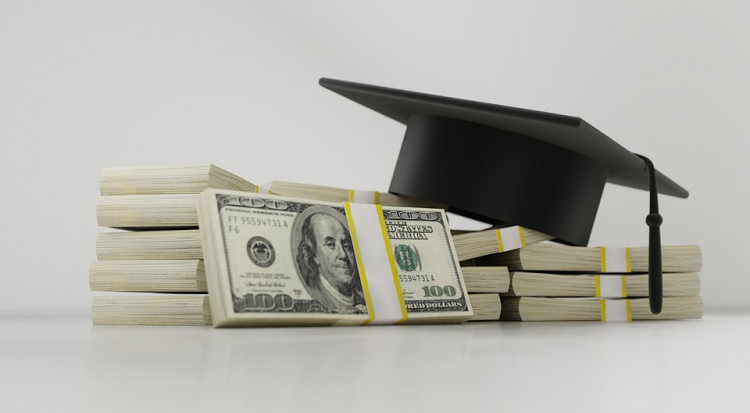In a move that underscores the Biden-Harris Administration's commitment to addressing the student debt crisis, recent developments have unveiled a renewed effort to provide relief to borrowers. This initiative comes as many federal student loan borrowers have grown skeptical of the administration's ability to deliver on its campaign promises regarding loan forgiveness.
The U.S. Department of Education is spearheading this effort, seeking an alternative path to student debt relief after the Supreme Court thwarted President Joe Biden's initial plan. The original proposal aimed to offer up to $20,000 in loan forgiveness for borrowers earning under $125,000 annually. However, the new approach, still in its formative stages, is expected to be more targeted, focusing on specific groups of borrowers.
The Department has identified five key categories of borrowers for potential relief:
- Borrowers whose loan balances have increased due to unpaid interest.
- Individuals eligible for relief under income-driven repayment plans but have yet to enroll.
- Borrowers who incurred debt for programs that failed to provide adequate financial value.
- Those whose loans entered repayment long before recent beneficial programs were introduced.
- Borrowers facing financial hardships not adequately addressed by the current loan system.
While the specifics of the relief plan are yet to be finalized, a committee comprising student loan borrowers, government officials, educators, and others will convene in the coming months to draft the proposal. This committee, handpicked by the Biden administration, is slated to meet in October, November, and December. Their recommendations will be unveiled next year.
Despite the targeted approach, the Department of Education emphasizes its goal to assist "as many borrowers as possible." James Kvaal, the undersecretary of education, echoed this sentiment, suggesting that the initiative's scope might not necessarily be narrower than the original proposal.
However, the path to widespread loan forgiveness is fraught with challenges. The previous attempt faced over 26,000 public comments, many of which expressed concerns about the fairness of such a move. Critics argue that loan forgiveness places an undue burden on taxpayers and is unfair to those who have already repaid their loans or never attended college.
Legal hurdles also loom large. The Supreme Court previously ruled against the Biden administration's authority to cancel student loan debt without congressional approval. While the initial attempt at loan forgiveness was justified under the 2003 HEROES Act, the new effort cites the 1965 Higher Education Act. Legal experts remain divided on the prospects of this latest initiative, especially given the conservative leanings of the current Supreme Court.
Despite these challenges, the Biden-Harris Administration remains steadfast in its commitment to alleviating the student debt burden. To date, the administration has approved $117 billion in relief for over 3.4 million borrowers. This includes significant amounts allocated for borrowers eligible for forgiveness through Income-Driven Repayment and the Public Service Loan Forgiveness programs, among others.
In conclusion, as the Biden-Harris Administration navigates the complexities of student debt relief, the outcome remains uncertain. However, the renewed effort signifies a continued commitment to addressing a pressing issue that affects millions of Americans.






